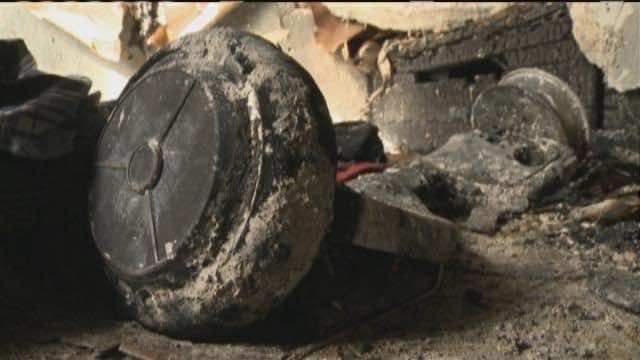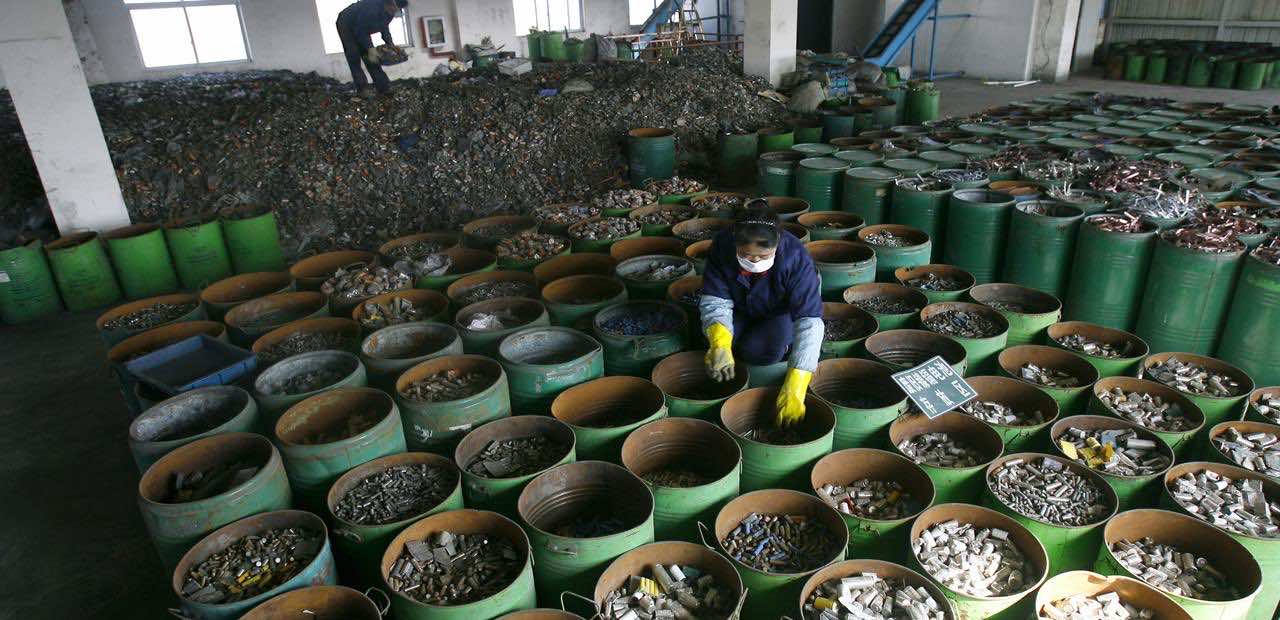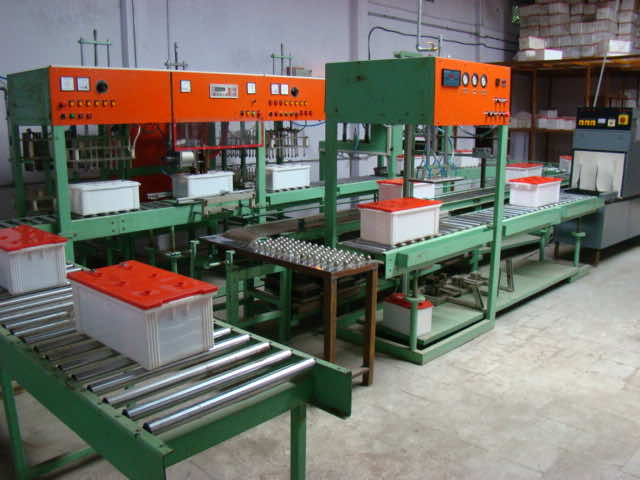Exploding drones, scooters and hoverboards haven’t taken any lives, but they have burned down houses and made our lives much more dangerous. All of these rogue electronics can be traced back to one simple problem; bad batteries or in a more precise term, bad Li-ion batteries. But, you would know that the same batteries are being used in laptops, iPhones, toys, robots and even electric vehicles like the Prius, but it has never created too many problems for the people. So why do all of a sudden these well-tested batteries are a source of concern for us and start exploding all around? Even though we authors have a lot to write about it, the effectiveness of the battery technology is something very important for the future as the world prepares itself to go electric in the next decades.

Last Christmas, Amazon put a blanket ban on all hoverboards requiring them to pass some safety tests before getting approved for sales. This drastic action was taken after several spectacular battery blasts in hoverboards well covered by the media. But, it is no recent phenomenon in relation with these batteries as they have been exploding for quite some time. It all started in the early 2000s when these batteries were becoming smaller and smaller, and several fires were reported that escaped the public eye. After a house fire in 2006, Sony recalled more than 340,000 laptops from around the world. LG’s primary battery factory was also hit by a battery fire and for a moment, the supply of the world’s Li-ion batteries hung by balance.
But what causes the batteries to explode or catch fire?
It can all be related to faulty manufacturing. Batteries catch fire because they overload charge while charging, and we don’t want that with any electrical device. A small chip can prevent them batteries from overcharging, but it is an increase in the battery prices. Another common reason is that debris was introduced into the batteries while making them. There are also several other reasons given by the electronics companies who have to rely on these power banks. Isidor Buchmann, CEO of Cadex Electronics believes that the separator between the positive and the negative charges is thin, and any small metal particle in the form of debris can cause a charge disruption or a short and cause a fire. So, enforcing thorough, dust proof manufacturing facilities is very important for battery manufacturers.

Many companies have begun raising their operational standards so that they can prevent the economic, industrial and other kinds of disasters that arise from faulty batteries. A standard U.N testing system that involves dropping and puncturing batteries for safe air transport is now in place both in Europe and the USA. But, as was the case in exploding hoverboards, smaller companies have been guilty of compromising quality for a quick fix, and many of the hoverboards you see around you have faulty batteries in them.
Another thing that you have heard about the faulty batteries is that they are probably manufactured in China. That is simply not true as almost all of the batteries in the world are being made in China. It is up to the parent company to ensure that the right kind of battery is being installed in their system as both iPhone batteries, and 70$ hoverboard batteries are being made in China, and you can have it made in any kind of quality you like. If hoverboard companies are having their batteries made in local shops with no quality control, it is their fault, not China’s. The prevalent culture of the battery industry is also blamed on the quality of our power banks. Many high-end companies have refused to buy batteries from manufacturers unless and until they can do a complete audit of the manufacturing floor.

We also have to acknowledge the fact that companies involved in making electronic cigarettes, drones and hoverboards aren’t the bigshots from Silicon Valley. They are simple startups that have to deal with a continuously fluctuating demand from the customers. As a particular item’s sales increases, they are forced to increase production on short notice and are therefore guilty of ignoring safety concerns of their customers. One look at Alibaba.com and you can find out the kind of batteries you can get at a fraction of the cost or branded ones.
So what can you do?
You have to be picky when it comes to choosing hoverboards, particularly with the battery. You need to interrogate them thoroughly on what batteries are they using and whether or not they have strict manufacturing regulations on batteries. Companies like Techdrift and Koogo openly brag about their Samsung batteries and it is preferable if you refuse to tell you more about them as they are probably hiding something. Amazon has now stringent requirements for putting hoverboards on their website, so it is always recommended to buy from a good e-commerce site like it rather than a pop-up kiosk.
According to Buchmann, the industry is evolving as a decade before we had cases of laptops and cell phones exploding. With time, they have become much better, so it is a kind of evolutionary process that allows gadgets to become better with time. Our job as customers and bloggers is to ensure that process continues and that things keep on getting safer and better for the people. We have to work to implement rules in which all parties benefit as we would like this tech revolution to go on amazing us.


